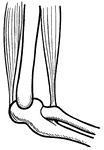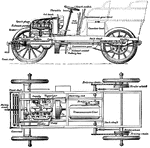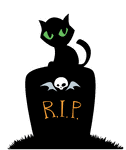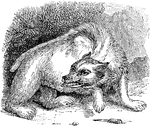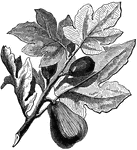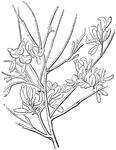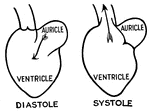
Heart Cycle
The cycle of the heart in its diastole (relaxation) state and its systole (contraction) state. The ventricles…
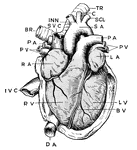
Anatomy of Heart
A complex anatomical view of the heart. RA is the right atrium, or auricle, which receives the deoxygenated…
Striated Muscle
Striped, or striated, muscle which quickly contracts causing the alternating black and white lines.…
Smooth Muscle
Three sections of smooth muscle. M C is muscle cells and N is nucleus. Smooth muscles are slow to contract.…
Nerve Cell
A simple nerve cell, or neuron. N is the nucleus of the cell, NC is the cytoplasm, D are dendrites which…
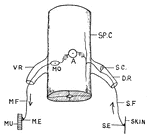
Reflex Action
Illustration of the reflex action of an animal. SE is the sensory nerve-ending. A stimulus passes through…
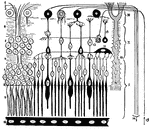
Eye Retina
Diagram of the retina, aka percipient layer of the eye. 1: inner limiting membrane, which is next to…
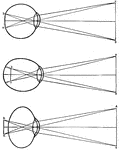
Human Eye
Diagrams of how an image is displayed with a normal eye (top image), myopic or nearsighted eye (middle…
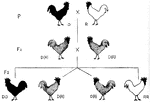
Genetics Chart
Mendelian chart for chickens. P is parent with black dominant and white recessive, F1 is the hybrid…
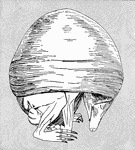
Skinned Hedgehog
A skinned hedgehog. This image is supposed to show the muscles of the back which contract to make the…

Hancock Coaches
A Hancock Coach cross-sectioned in order to display the engine and driving connections. (A) is the exhaust…

Notable Coach
The Notable Coach, Invented around 1829 by a man named James. It was the first practical steam carriage…

Old-Fashioned Wheel
An image of an old-fashioned wheel. It was most likely used on a steam coach or carriage in the nineteenth…
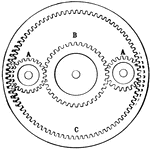
Differential Gear
A form of gears that used to be employed for tricycles. The studs (AA) are set into the sprockets and…

Gear Differentials
Gears used in an older model car. The sprocket gear (far left) carries three bevel pinions on its three…

Balance Gear
As its name entails, this gear is useful at balancing out automobiles. This gear was employed often…

Joint Differential
A universal joint differential. The sprocket is used to twist the sleeve that is holding the gear in…
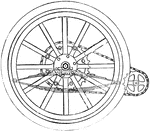
Power Transmission
A wheel of a car fitted with a double-chain drive from a jack-shaft that is parallel to the rear axis.

Wheel Position
The manner in which the wheels of a railway car orient themselves around a curve. The outer and inner…

Steering Device
A Worm and sector steering device, cross-sectioned. It was developed by Panhard-Levassor. The spindle…

Steering Devices
Two types of steering devices. The image on the left is a combined nut and rack steering gear. It is…
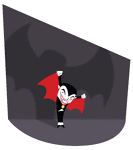
Vampire
A cartoon of a Vampire as depicted in the classic black and white monster movies of the first half of…
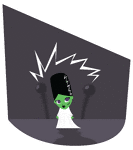
Bride of Frankenstein
A cartoon of the Bride of Frankenstein as depicted in the classic black and white monster movies of…

Wolfman
A cartoon of the Wolfman as depicted in the classic black and white monster movies of the first half…

Mummy
A cartoon of the Mummy as depicted in the classic black and white monster movies of the first half of…
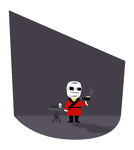
Invisible Man
A cartoon of the Invisible Man as depicted in the classic black and white monster movies of the first…
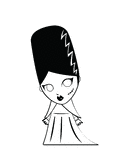
Bride of Frankenstein (Black and White)
A simple black and white line art cartoon of the Bride of Frankenstein depicted in the classic black…

Invisible Man (Black and White)
A simple black and white line art cartoon of the Invisible Man depicted in the classic black and white…
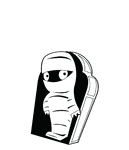
Mummy (Black and White)
A simple black and white line art cartoon of the Mummy depicted in the classic black and white monster…
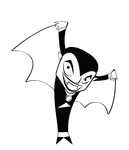
Vampire (Black and White)
A simple black and white line art cartoon of a Vampire depicted in the classic black and white monster…
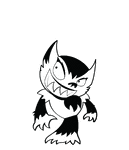
Wolfman (Black and White)
A simple black and white line art cartoon of the Wolfman depicted in the classic black and white monster…

Trick-R-Treaters (Black and White)
A black and white line art version of a brother (the spaceman) and his friend (the dinosaur) taking…

The New Guy (Black and White)
A black and white line art version of the Mummy, Frankenstein's Monster, and a zombie discuss things…
Nina, Pinta, and Santa Maria (Black and White)
A simple black and white illustration of Christopher Columbus' ships at sea. Illustrated by James Basom…
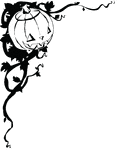
Jack-O-Lantern Corner (Black and White)
A black and white decorative border for Halloween featuring a jolly Jack-O-Lantern. Illustrated by James…

Black Tea District Scene
An engraved scene of the Black Tea District in Bohea, famous for its distinctive tea.
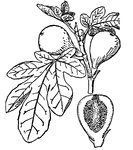
Fig
Any plant belonging to the genus Ficus is a fig. They are widely distributed in warm climates. Some…
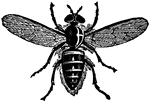
Common European Cleg (Gadfly)
The common European Cleg is a large, black/blue-black blood-sucking 'horsefly' of the family Tabanidae.…
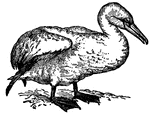
Gannet
Also known as a Solan Goose (Sula bassana), the Gannet is a large marine bird which nests in scattered…
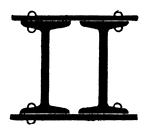
Compound Riveted Girder (side by side)
A compound riveted girder is designed to bear a large load in a building or bridge, and is made of either…

Compound Riveted Girder (Vertical)
A compound riveted girder is designed to bear a large load in a building or bridge, and is made of either…
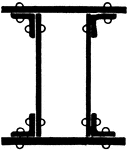
Riveted Steel Plate Girder
A riveted steel plate girder is designed to bear a large load in a building or bridge, and is made of…
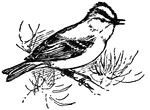
Golden-Crested Wren
Also known as the Kinglet, the Golden-Crested Wren (Regulus cristatus) is the smallest of European birds.…
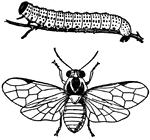
Gooseberry Caterpillar (Nematus ribesii) and Sawfly
Gooseberry Caterpillar is the name applied to the larvæ of two different insects, both injurious to…
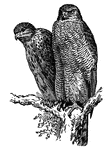
Goshawk
The Goshawk (Astur palumbarius) is a hawk abundant in the forest regions of northern Europe and Canada,…
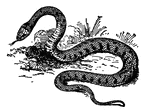
Grass Snake
Its color is olive-gray or brown above, with black bands and spots, and checkered black and white beneath.…
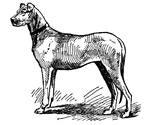
Great Dane
The Great Dane is a dog which has at different times been called the 'boar-hound', the 'German Mastiff',…
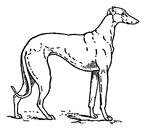
Greyhound
The Greyhound as a show dog is judged as follows: height and weight, ranging from 23 to 27 in. and from…
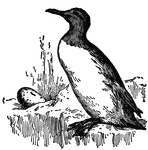
Common Guillemot
The Common Guillemot (Uria troile) is a member of the auk family. It breeds on all rocky coasts of the…
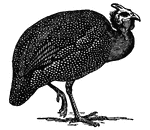
Guinea Fowl
Guinea Fowl are the African representatives of the pheasants, from which they differ in that the plumage…
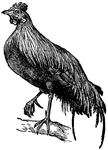
Jungle-fowl
Jungle-fowl is a general name given to the members of the genus Gallus. The red jungle-fowl, G. jerrugineus,…
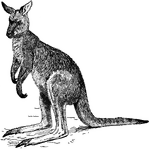
Great Kangaroo
The Great Kangaroo, or 'boomer', or 'old man' (Macropus giganteus), attains a height of about five feet…

Black Wallaby
The black wallaby is a type of wallaby (or brush kangaroo). They are smaller than most kangaroos and…
